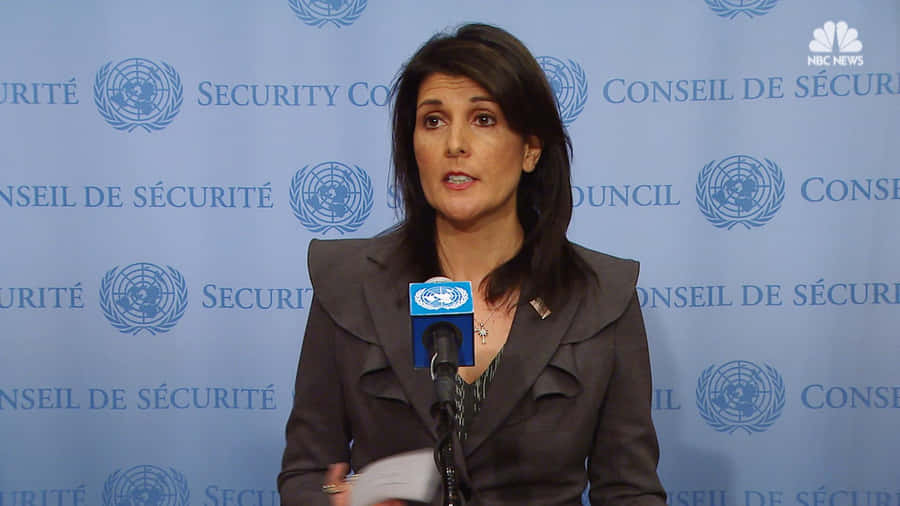For the past few months, consultant Jaime Utt has led my co-workers and me through a few rounds of discussion on inclusion and diversity. It feels really good to have a chance, and a reason, to talk about some of the changes a 100-year-old institution might face in the next 100 years.
So far, the focus has been on sexual orientation and religion. The traditional structure and nature of the classes offered here has been that of a strict attendance policy and dress code, and learning done in groups or pairs through primarily projects and labs. With the changes in our student demographics, some of that traditional structure and nature has had to flex a bit. Granted, some of the flexibility was learned via baptism-by-fire, but it seems that, as a whole, we are all at the level of accepting that a change is needed.
What I'd like to see next is discussion around a couple of areas that perhaps get passed over when we think of inclusion and diversity. My team and I have a unique perspective of the school since we work with the strugglers and see the gaps in the physical form of a student. Personally, the two areas that we'd do well to include in this discussion are age and education level.
